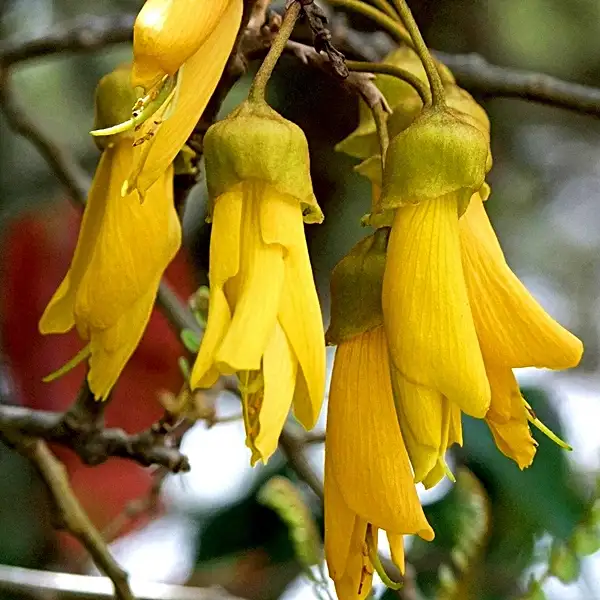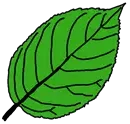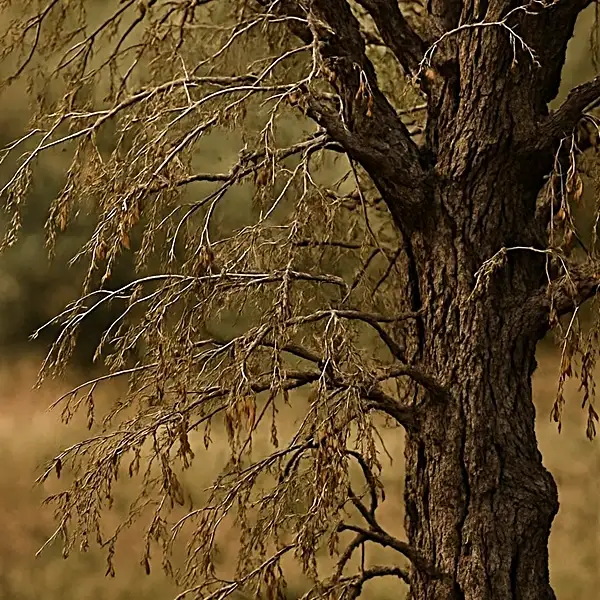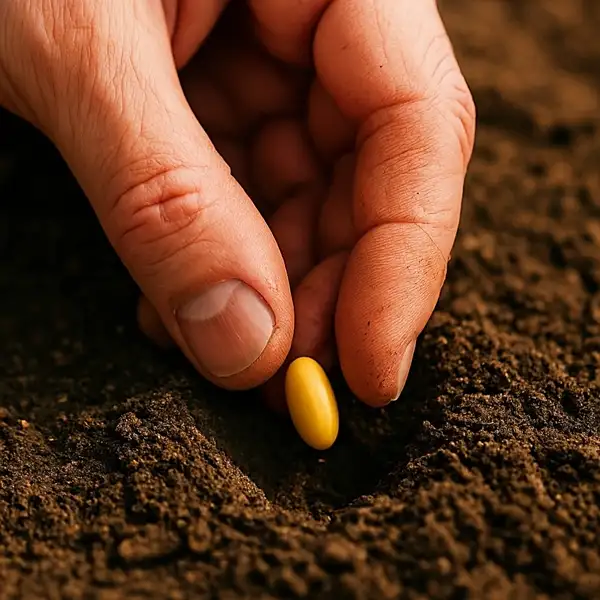Key Takeaways
| Key Takeaway | Description |
|---|---|
| Iconic and Cultural Significance |
|
| Appearance and Growth |
|
| Medicinal Uses |
|
| Toxicity Awareness |
|
| Practical Safety Tips |
|
| Ways to Safely Enjoy Kowhai Trees |
|
Kowhai Tree: An Introduction
Kowhai trees (Kōwhai) are iconic native plants in New Zealand. They are more often found on river banks or alongside forest margins but their aesthetic appeal has also made them popular in garden landscaping across the country.
Easy to recognize with their brilliant yellow flowers that usually bloom during spring, they range from small shrubs to towering trees up to 25 meters tall.
Name ‘kowhai’ is taken from Maori term for ‘yellow’ which describes vivid hue of its distinctive flowers – a delightful sight that serves as an indicator of Springtime’s arrival in New Zealand.

Besides their striking looks, these deciduous trees also have an important role within Maori culture where they symbolize strength & bravery.
Interestingly, every aspect of Kowhai tree – right from bark & leaves down to its seeds – was utilized by pre-European Māori for medicinal purposes despite its toxic properties suspected by scientists today. The gum obtained from it was used for relieving cold symptoms while bruised leaves were applied to wounds or ulcers.
Despite being respected & admired for centuries now, a question looms over how safe it really is due to certain natural components present within this plant species; Is kowhai poisonous?
4 Natural Components of Kowhai Trees
Kowhai trees contain several natural components that contribute both positively & negatively to human health.
| Component | Type | Effect | References |
|---|---|---|---|
| Tannins |
|
|
|
| Phenolic Compounds |
|
|
|
| Cytisine |
|
|
|
| Alkaloids (general) |
|
|
|
Cytisine
Cytisine is a quinolizidine alkaloid naturally produced as a defense mechanism against herbivores by various leguminous plants including kōwhai (Sophora spp.).
It’s closely related chemically to nicotine thus exhibiting similar pharmacological effects when ingested.
Alkaloids
As mentioned earlier, they deter herbivores from feeding on kowhai trees due to their bitter taste & poisonous effect.
Whilst this proves advantageous for kowhai’s survival in wild, it raises concerns among human populations interacting directly with these trees – particularly gardeners who might be unaware of possible risks involved.
Are Kowhai Trees Poisonous? Fact or Fiction?

To affirm unwaveringly that kowhai trees are poisonous ⚠️ would be an egregious oversimplification; nevertheless, the risk must not be underestimated either.
4 Parts: Which Part of Kowhai is Toxic?
| Part of the Tree | Potential Toxicity | Safe Usage |
|---|---|---|
| Flowers |
|
|
| Seeds |
|
|
| Leaves |
|
|
| Bark & Gum |
|
|
Effects and Dangers of Kowhai Tree Ingestion
As alarming as it sounds, clinging to toxicity factor alone would not give us a complete understanding of real-life incidents – especially since cases involving kowhai poisoning are reported so infrequently.
| Ingested Component | Symptoms | At Risk | Sources |
|---|---|---|---|
| Cytisine (seeds) |
|
|
|
| Leaves & Pods |
|
|
|
| Bark/Gum |
|
|
|
However accustomed you may become over time to working around these enchanting trees, ignoring the risks involved might not be worth it – especially when lives potentially at stake include your beloved pets, who have a higher tendency to get harmed due to lacking metabolic capacity & rationality humans possess when it comes to avoiding toxic plant matter.
4 Pro Tips: Precautions to Take Around Kowhai Trees
If you have a kowhai tree in your yard, it is important to take some steps to ensure safety of anyone who might come into contact with it. This includes –
| Safety Measure | What to Do | Who Should Follow | Sources |
|---|---|---|---|
| Supervision |
|
|
|
| Use Gloves |
|
|
|
| Avoid Consumption of Raw Parts |
|
|
|
| Educate Others |
|
|
|
Always Remember
Everyone should be aware that berries or flowers from any tree should not be eaten unless they are known to be safe. Even with trees as well-known & well-loved as kowhai, caution & education can prevent any unnecessary harm.
4 Ways to Safely Enjoy Beauty of Kowhai Trees
Though Kowhai trees come with certain risks, they have nevertheless been appreciated for their vivid blooms – leading them to become, unofficially, New Zealand’s national flower. They instinctively hold a substantial place in hearts of locals, who perceive them as far more than just ‘poison boxes.’
| Activity | Safety Tip | Who Should Benefit |
|---|---|---|
| Enjoying Flowers |
|
|
| Setting up Bird Feeders |
|
|
| Choosing Smaller Varieties |
|
|
| Creating a Safe Garden Environment |
|
|
Final Thoughts
A famous quote fittingly says,
‘The most wonderful part about having a garden is seeing your plants grow’
So let’s embrace gorgeous Kōwhai, sincerely appreciating its existence while staying mindful of potential hazards – effortlessly creating a safer environment for ourselves & future generations, as we protect invaluable foliage heritage gifted to us by Mother Nature, who gently surrenders her legacy into our care.
Frequently Asked Questions
What is the use of Kowhai tree?
Kowhai trees are valued for their cultural significance in Māori traditions, symbolizing strength & bravery. They were used medicinally by Māori for treating colds & wounds. Additionally, their vibrant yellow flowers make them popular in landscaping throughout New Zealand.
Are kowhai trees poisonous to touch?
Kowhai trees are not toxic to touch but their seeds & pods contain harmful alkaloids. Handling with care is advised to avoid exposure to irritants or allergens, especially during pruning.
Are kowhai trees poisonous to pets?
Yes! Kowhai trees are toxic to pets (cats, dogs, etc). Their seeds, pods & young leaves contain toxic alkaloids which can cause serious health issues like vomiting, muscle weakness & even death if ingested. Keep pets away from these trees.







I enjoy the efforts you have put in this, appreciate it for all the great blog posts.
Big thanks!